Animals
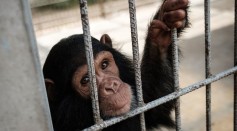
5000 Voice Recordings of Adult Chimpanzees Reveal a Language Humans Are Not Aware Of
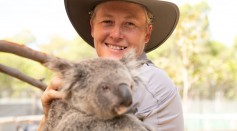
Epidemic Circulating in Koalas Found to be Linked to a Common Virus That Suppresses the Immune System
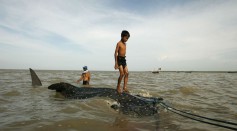
100 Sharks Feast on 49-Foot Humpback Whale Carcass Off the Australian Beach Captured in a Drone Footage [Watch]
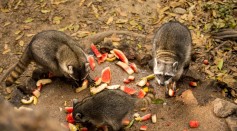
Raccoons, Vultures, Other Scavengers Are Picky Eaters Too: Here's Why
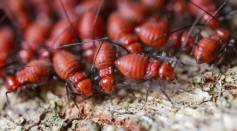
Drywood Termites Traveled at Least 40 Oceanic Journeys in the Last 50 Million Years According to DNA Sequencing
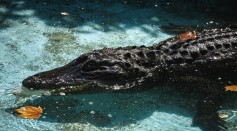
Florida Family Finds 550-Pound Alligator in Swimming Pool; How Dangerous is This Gigantic Creature?
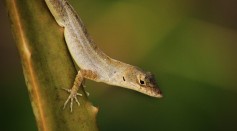
Wandering and Climbing Salamanders Could Easily Do a Parachuting Starfish Position to Adjust Descent When Gliding, Study Says
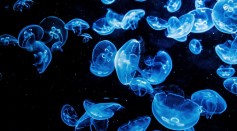
Sea Anemones From Phylum Cnidaria 'Secretly' Evolves and Repurposes Neurons to Stinging Cells Called Cnidocytes [Research Study]
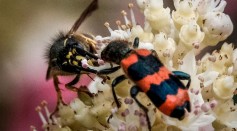
Cannibal Baby Wasps Eat Their Siblings When Food Is Running Low [REPORT]
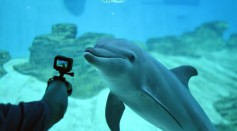
Dolphins Discovered with Self-Medicating Behavior, Use Corals as Rubbing Treatments
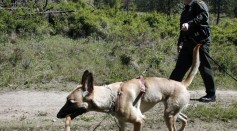
Belgian Malinois Defends Master After a Mountain Lion Attacks Northern California Hiker; Puma Leaves Dog and Owner Injured

Toddler From UK Dies After Being Mauled by a Faithful But Aggressive Dog With a Bite Force Stronger Than a Lion
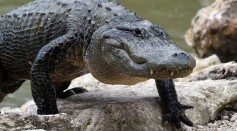
6-Foot Alligator Blocks a School in Florida, Another Visits Pecan Park in Texas
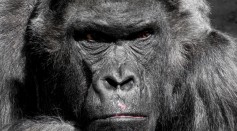
Gorilla vs. Chimpanzee: Who Wins in Their Battle and Why Do They Fight?
Most Popular

AI Revolution in Medical Education: Transforming How Healthcare Professionals Learn

Optimizing Complex Catalog Systems with Graph Theory and Indexing

China’s Tiangong Space Station to Expand Its Capabilities With New Modules

Exploring Life Beyond Earth: Study Claims Other Planets Could Be Suitable for Alien Life






